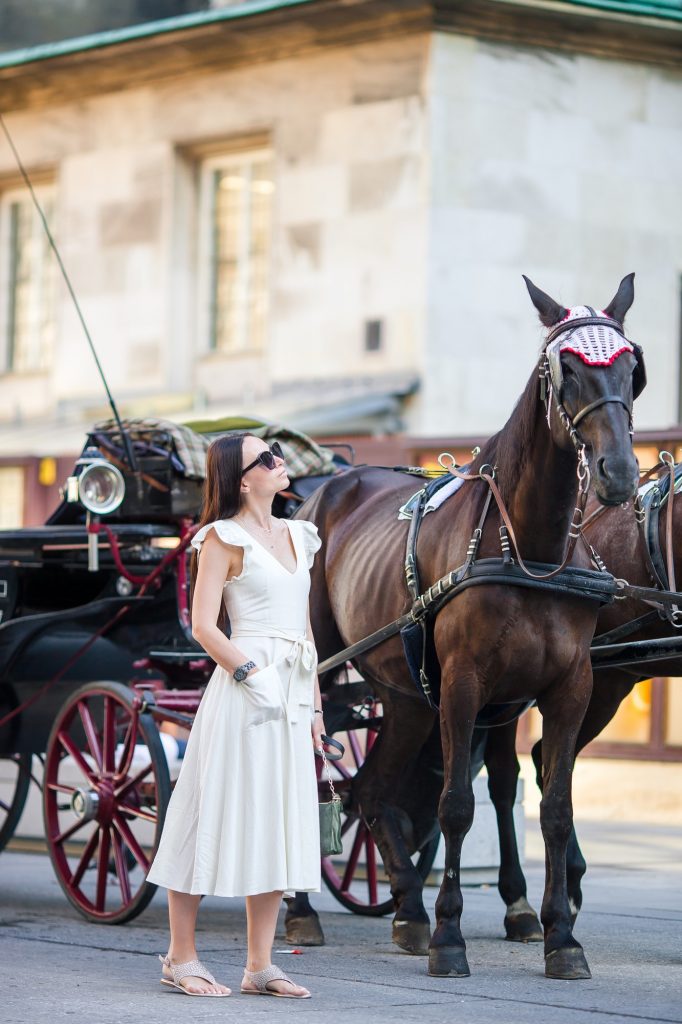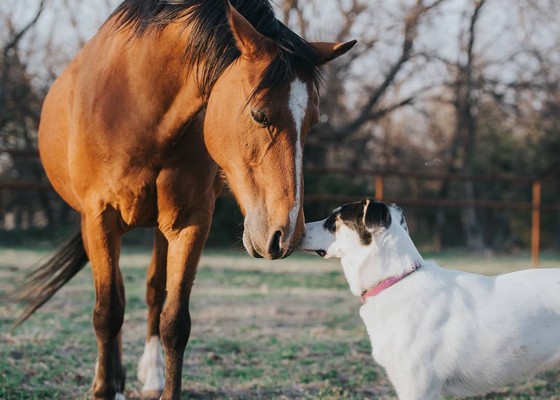The Hackney Horse is an elegant breed of heavy harness horse that excels in carriage events with their glamorous trotting strides and certain sporting flair.
Origin and Native Home
The name Hackney, also known as a “Hack,” comes from the breed’s role as a general-purpose horse that can carry heavy loads and even pull vehicles. The breed originated in Norfolk and adjoining counties on the eastern coast of England. This is where the horses were primarily bred and trained, during the eighteenth century. Here the horses were trained in a distinct trotting style that was fast and durable, and they became distinctively known as Norfolk Trotters.
The Hackney horse also has strong thoroughbred traits, such as its strength and endurance. It was this native thoroughbred infusion that made the Hackney so useful. In the eighteenth century, there were few roads and vehicles, so these Norfolk Trotters were mainly used under saddle to carry all sorts of heavy loads.

Quick Hackney horse fact:
Authenticated travel records show that these trotters used to travel at a speed of 17mph!
The original Hackney horse can be traced back to a stallion in 1733 known as “Blaze”, a thoroughbred linked to the ancestry of the Arabian horse foaled. Blaze fostered a line of horses that are remarkably valuable for riding and driving, which was useful for crossing the native grounds of Norfolk. Farmers needed a reliable animal with strength, endurance, and the ability to pull appliances and produce for long distances at high speed. The Hackney has a sturdy foundation, which meant that they could be used under saddle and even for agricultural purposes.
With the development of British hackney carriages in the eighteenth century, the Hackney Horse was specialized for driving purposes. It was soon the leading heavy harness horse of the world (a position it still holds). Not surprisingly, the Hackney has become increasingly popular with the English aristocracy, who developed the Hackney’s iconic high and trappy trotting action. With the invention of heavy carriages and vehicles, animals with a robust and sturdy stature were needed to transport goods and people. This made the Hackney an essential component of transportation. BUT that’s not all the Hackney has to offer; the horses’ graceful curved body and impeccable style made it a desirable and glamorous horse, perfect for royalty!
Hackney Horse Characteristics
The Hackney has a range of distinct characteristics that make them an iconic British horse.
Here are just a few:
- Chestnut, bay or brown coloured coat
- White marks throughout their coat – these tend to accentuate the Hackney’s high trotting action
- Well-shaped head
- Slightly convex nose
- Expressive eye and ears – these demonstrate the horses’ alertness
- Stand 14-16 hands in height
- Muscular Jaw
- Broad chest
- Strong shoulders
- High set tail that is naturally carried high
The Hackney is also incredibly versatile! Hackney’s can vary in size (more than most breeds), so the smaller Hackneys are used for a lady’s phaeton; a small and elegant carriage for women where smaller animals are preferred. The larger Hackneys are then used for driving competitions due to their strength, endurance, and power.
Hackneys also vary considerably in weight, from 800 to 1,200 pounds. However, they still have many common traits; Typical Hackneys are short-legged horses and rather robust in stature. They tend to be heavy in proportion to their height but still smooth and gracefully curved with symmetry and balance.
Use and Training
The Hackney Horse is a heavy harness horse and is excellent for both the show-ring and park driving. Today, the Hackney is essentially a show animal, known for superb quality, beautiful condition, and its high-spirited action.
The well-trained Hackney is a beautiful spectacle to behold, but they do require consistent training. One of the most fundamental components of Hackney training is to teach your pony a voice command first. This way, you can control your horse in and out of the saddle. Hackney’s are strong and confident animals, so it’s essential to be calm and confident in your approach to training to make sure that your Hackney is both disciplined and trusts your ownership.If you are looking to train a Hackney and you have little experience or don’t quite know where to start, always seek help from a professional first. These are amazing animals, and they deserve the best care!





